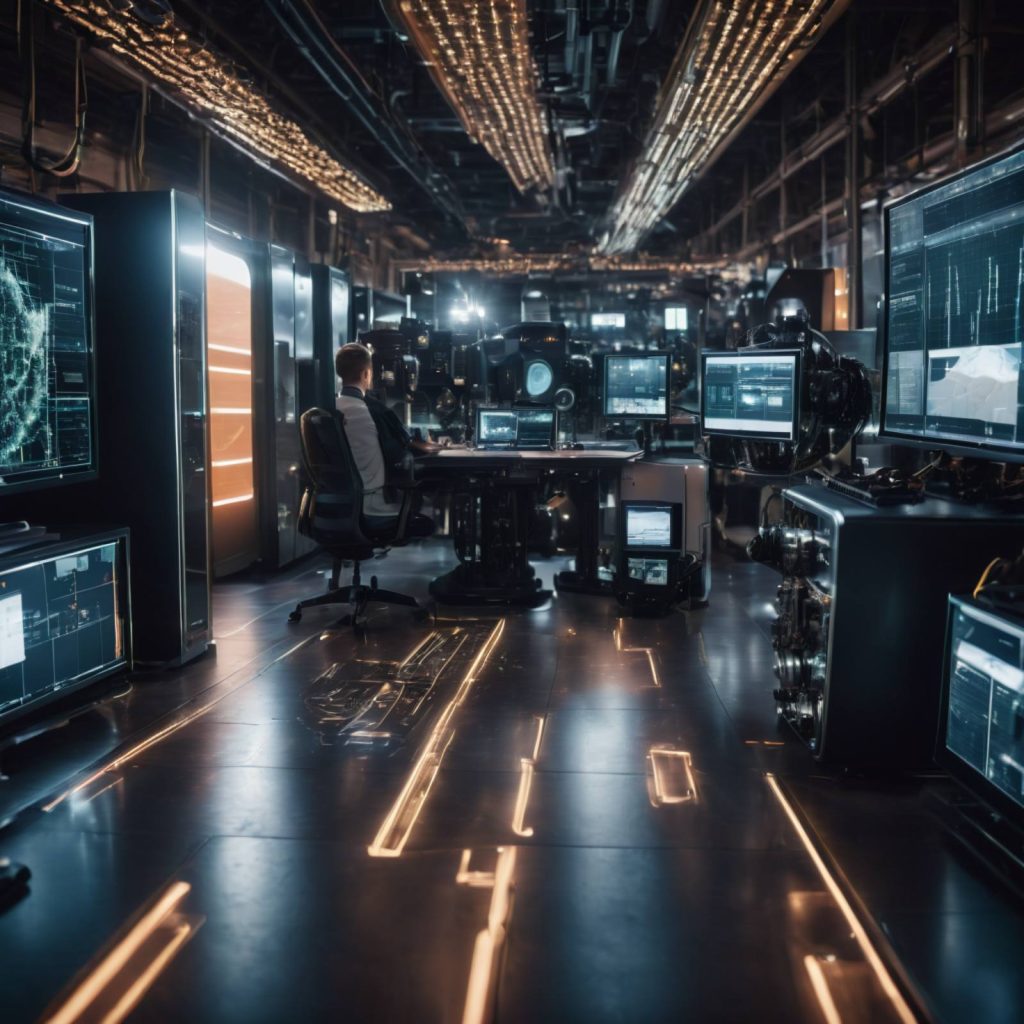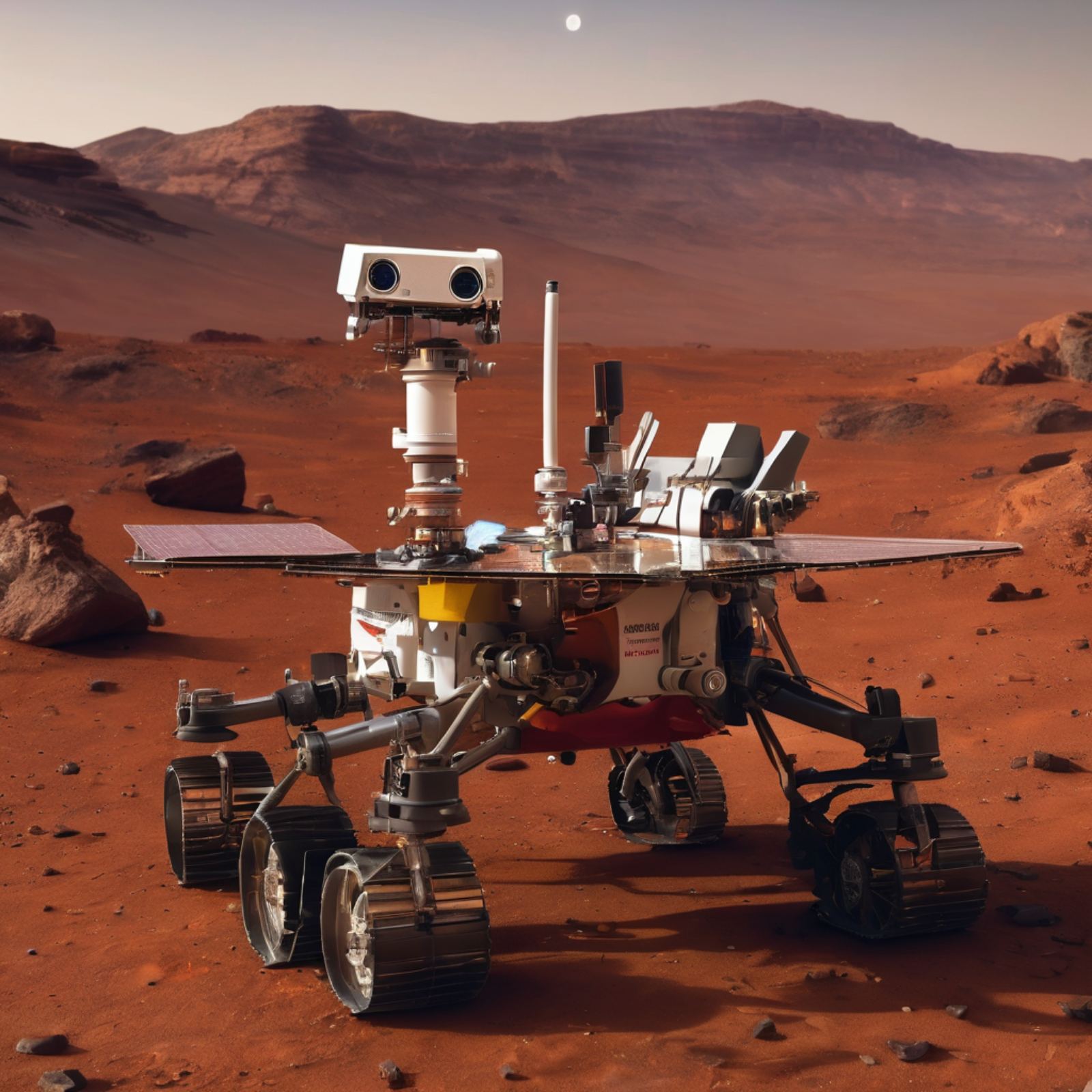Introduction
Artificial Intelligence, commonly referred to as AI, has been a buzzword in recent years. This term is dominating conversations across various industries, from technology to healthcare, and beyond. But what is artificial intelligence and how does it work exactly? In this article, Only AI Content will embark on an enlightening journey to demystify this question, breaking down its complexities into digestible insights. Whether you are a tech enthusiast, a curious mind, or a novice, this guide aims to provide you with a clear understanding of this transformative technology.
Defining Artificial Intelligence
At its core, artificial intelligence encompasses the development of computer systems capable of performing tasks that typically require human intelligence. But what does that entail? Let’s break it down:
What is Artificial Intelligence?
Artificial Intelligence, or AI, refers to the simulation of human intelligence in machines that are programmed to mimic human actions and cognitive functions such as learning, problem-solving, and decision-making.
- AI systems analyze vast amounts of data, identify patterns, and make informed decisions without explicit human intervention.
- These systems continuously learn and adapt from experience, improving their performance over time.
- AI can be categorized into two main types: Narrow AI, which is designed for specific tasks, and General AI, which exhibits human-like intelligence across a wide range of activities.
How Does Artificial Intelligence Work?
Now that we’ve established the definition, let’s delve deeper into how it operates:
Understanding the Mechanisms of AI
Machine Intelligence operates through a combination of algorithms, data, and computing power. Here’s a simplified breakdown of its components:
- AI Algorithms: These are sets of rules and instructions that guide systems in performing specific tasks. Algorithms serve as the brain behind AI, determining how data is processed and decisions are made.
- Data: Data serves as the lifeblood of artificial intelligence. AI systems rely on vast amounts of data to learn and improve their performance. This data can be structured or unstructured, ranging from text and images to numerical values.
- Computing Power: AI algorithms require significant computational resources to process data and execute tasks efficiently. High-performance hardware, such as GPUs (Graphics Processing Units) and TPUs (Tensor Processing Units), accelerates the training and inference processes of AI models.
The Learning Process of AI
One of the key mechanisms that drive artificial intelligence is machine learning, a subset of AI that focuses on enabling machines to learn from data without being explicitly programmed. Here’s how it works:
- Data Collection: AI systems gather relevant data from various sources, such as sensors, databases, and the internet.
- Training: During the training phase, AI algorithms analyze the collected data to identify patterns and relationships. Through techniques like supervised, unsupervised, and reinforcement learning, the algorithm adjusts its parameters to optimize performance.
- Inference: Once trained, the AI model can make predictions or decisions when presented with new data. This process, known as inference, allows AI systems to apply learned knowledge to real-world scenarios.
Examples of AI Applications
Artificial intelligence finds applications across diverse domains by revolutionizing industries as well as enhancing everyday experiences. Here are some common examples:
- Virtual Assistants: Voice-controlled assistants like Siri, Alexa, and Google Assistant leverage AI to understand and respond to user commands.
- Recommendation Systems: Online platforms use AI algorithms to personalize recommendations based on user preferences and behavior.
- Autonomous Vehicles: Self-driving cars rely on AI to perceive their environment, make driving decisions, and navigate safely.
- Medical Diagnosis: AI systems analyze medical images and patient data to assist healthcare professionals in diagnosing diseases and recommending treatment plans.
FAQs: Answering Common Questions About Artificial Intelligence
As we unravel the mysteries of machine intelligence, let’s address some frequently asked questions:
1. What sets artificial intelligence apart from traditional computer programs?
Traditional computer programs execute predefined instructions, whereas AI systems can adapt and learn from data, making them more flexible and capable of handling complex tasks.
2. Is artificial intelligence the same as automation?
While automation involves the mechanization of repetitive tasks, artificial intelligence goes beyond automation by incorporating elements of learning, reasoning, and decision-making.
3. Can artificial intelligence replace human intelligence entirely?
While AI has shown remarkable capabilities in various domains, human intelligence encompasses emotional intelligence, creativity, and intuition, aspects that are challenging for AI to replicate fully.
4. Are there ethical concerns surrounding artificial intelligence?
Yes, the rapid advancement of AI raises ethical considerations regarding privacy, bias, job displacement, and the potential misuse of AI-powered technologies in the future.

Conclusion: Unveiling the Wonders of Artificial Intelligence
In conclusion, artificial intelligence represents a paradigm shift in the way we perceive and interact with technology. From its definition and functions to its inner workings, AI continues to shape our world in profound ways. As we continue to explore the realms of neural networks, let’s embrace their potential while remaining vigilant about the ethical implications and societal impacts it entails. With a clearer understanding of what it is and how it works, we can navigate this transformative journey with knowledge and foresight.
Whether you’re a newcomer or a seasoned enthusiast, this guide serves as a beacon of enlightenment, illuminating the path to a deeper understanding of this captivating field. So, what is artificial intelligence, and how does it work? It’s a question that beckons us to explore, learn, and innovate, propelling humanity towards a future where the boundaries between man and machine blur, and the possibilities are limitless.



